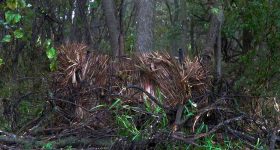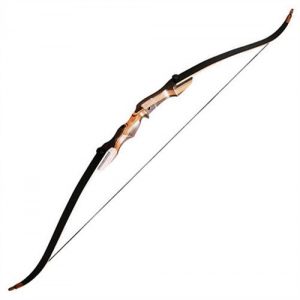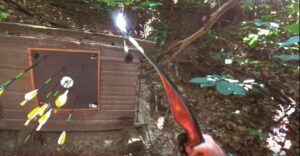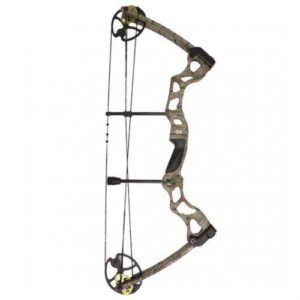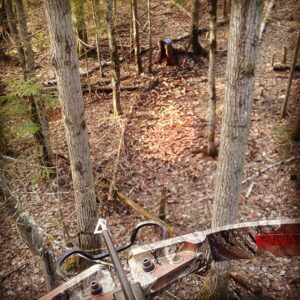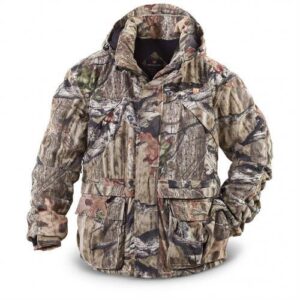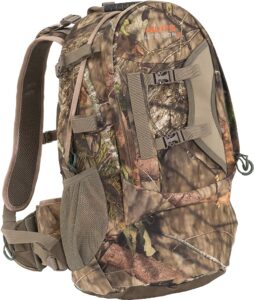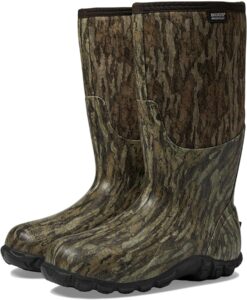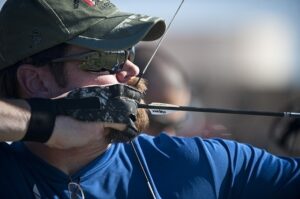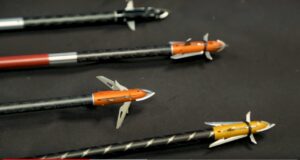There are as many ways to hunt deer with a bow as there are hunters. The basics of bow hunting will remain the same regardless of the way you choose to do it. You will need to remain quiet, control your scent, avoid being spotted, and get close. Ideally, the method that you settle on will be dictated by the terrain you hunt and the habits of the deer in that area.
Basic methods are split between either hunting from an elevated position or from the ground.
Bow hunting from the ground.
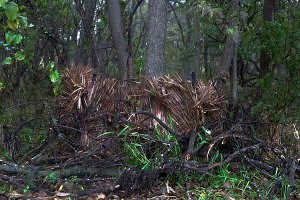
I started my hunting carreer from the ground, as most of us did. It was a great way to cover a lot of ground and see a lot of game. I didn’t know it at the time, but I was probably doing more scouting than hunting. Ground Hunting requires very slow and subtle movements, frequent stops and incredible focus on what is happening around you and it will give you a new respect for the wind direction, contours of the land, and the whitetail deer’s senses. When using this method you are at eye level with the deer making each move critical. Sometimes you will mimic the techniques used when gun hunting. Deer drives are a great example. While the pace of a deer drive when bow hunting has to be much slower, the idea is the same. Slowly moving bowhunters move through an area and bump deer to hunters that have concealed themselves on likely escape routes. A great all around tactic to use when the deer just aren’t moving.
Bow hunting from above.
Hunting from an elevated position–treestand, has become the most popular technique among bowhunters. When you climb 15 to 20 feet off the round you stack the deck in your favor as deer rarely look up without reason. Of course hunting from an elevated position means you must be absolutely sure of the habits of the deer in the area. A great deal of scouting is needed to determine the exact travel routes of the deer. You have to make use of the best deer attractants on the right spot. A quick move of 10 yards to better cover a trail is not as easy once you’re in the tree. Your success will also be determined by the wind – again, a quick move is generally not as easy as it would be if you were on the ground so the direction of the wind is a critical factor. Additionally, you have to find the right tree. Some areas that deer call home simply do not have significant trees that can hold a stand and conceal a hunter. This can make the most obvious deer trail or crossing a challenging place to hunt.
My favorite technique is still hunting from the ground and while I rarely dedicate a full day to sneaking around on the hunting area, i stick to the ground if the conditions are right. Windy days are a great time for staying on the ground. Not only are trees and tree stands probably not very safe, but the wind will help mask your movement and sounds as you slip through the woods. I will also hunt from the ground if I’m scouting a new area during the season – why give up an afternoon of hunting just because you want to find a new stand location? Slip through the terrain looking for sign and the best spot for your tree stand and you will likely have an encounter or two with the whitetail deer along the way.
Regardless of which style of hunting best suits you, remember the basics. Control your scent, remain concealed, and learn the habits of the deer in your area and either technique will lead to successful hunting. One of the greatest parts of beginning bow hunting is finding what technique works the best for you and having at least base level knowledge and experience of many tactics to apply in tough situations. The more you know about the basics and techniques, the better bowhunter you’ll become.
